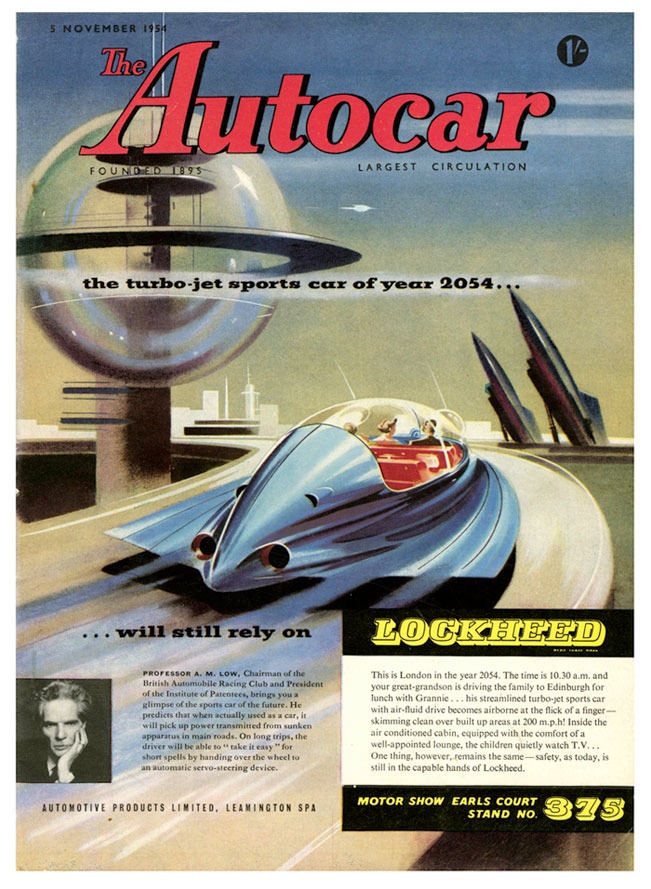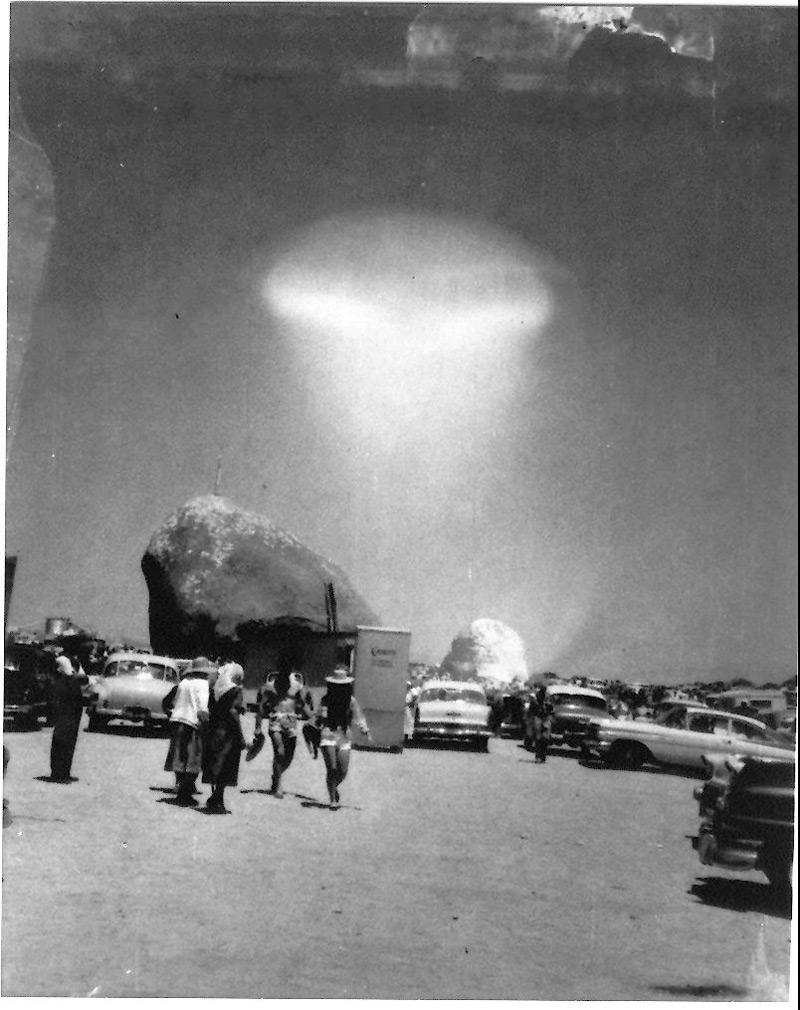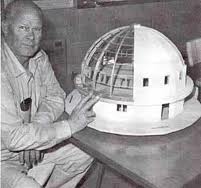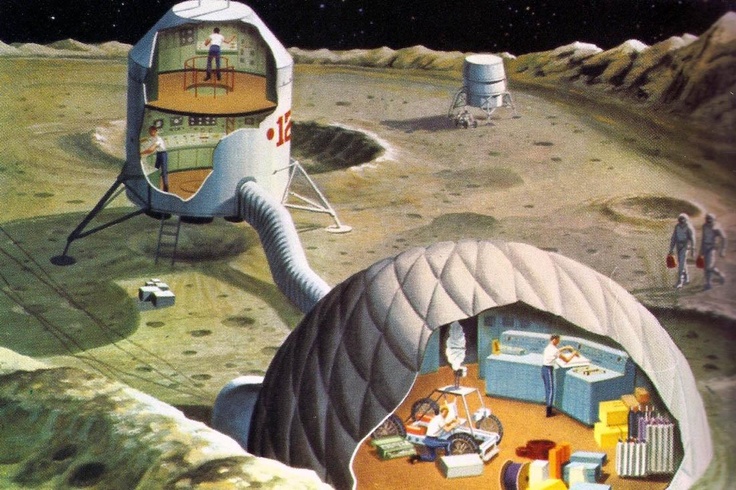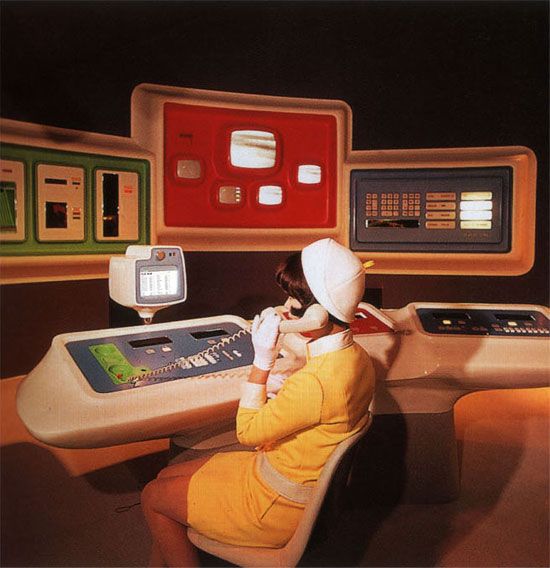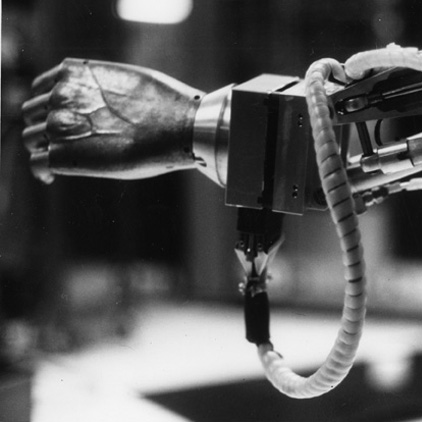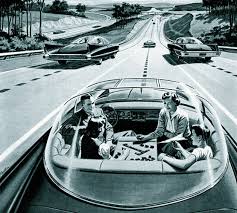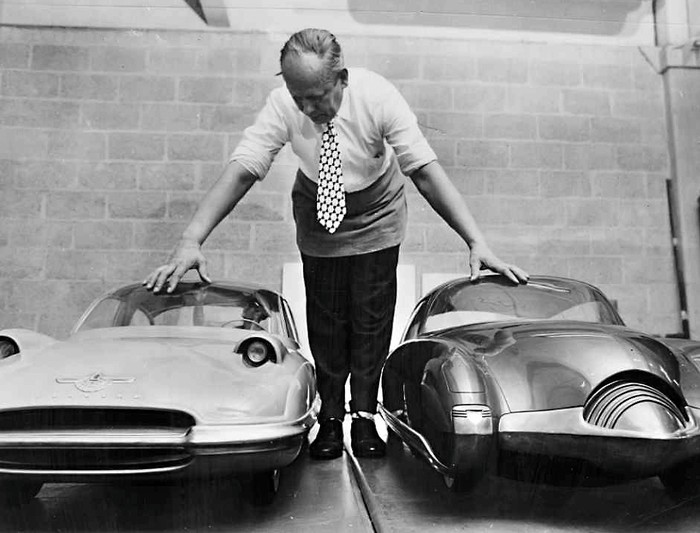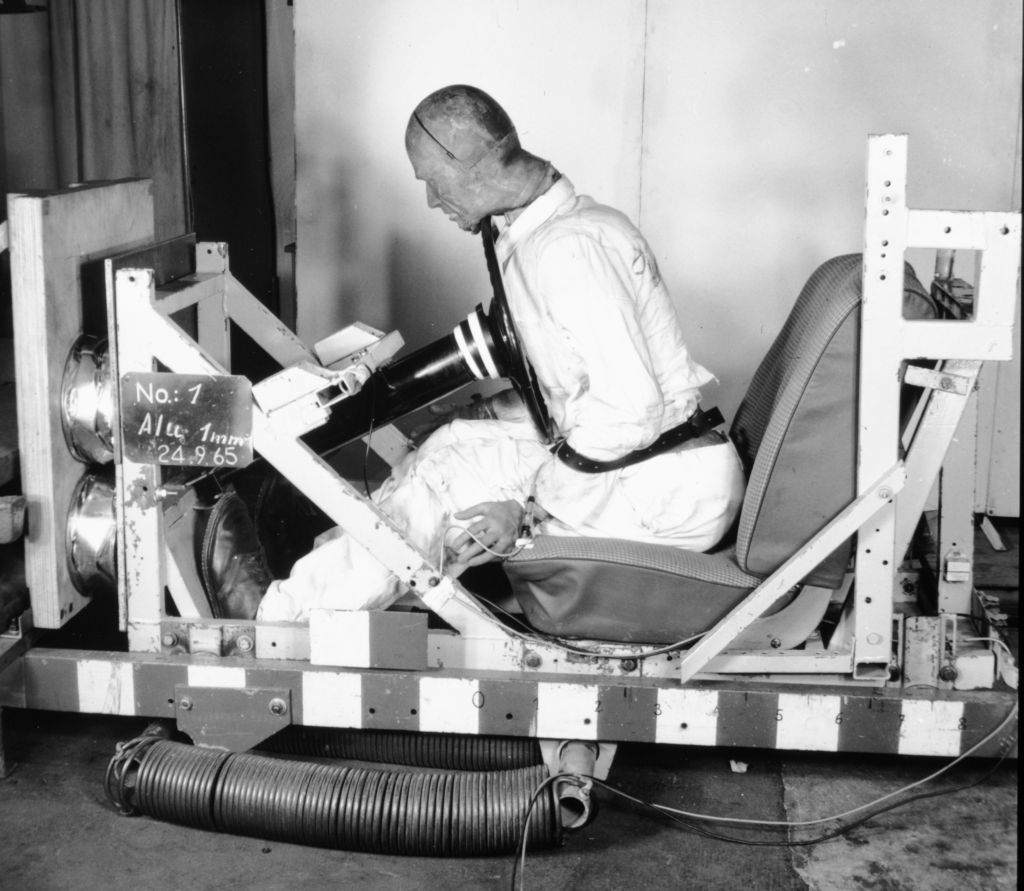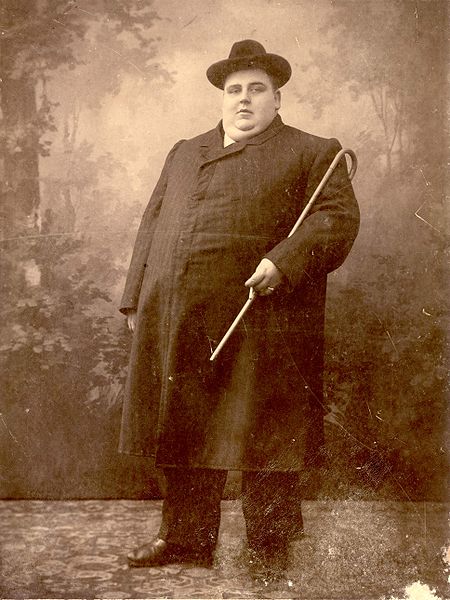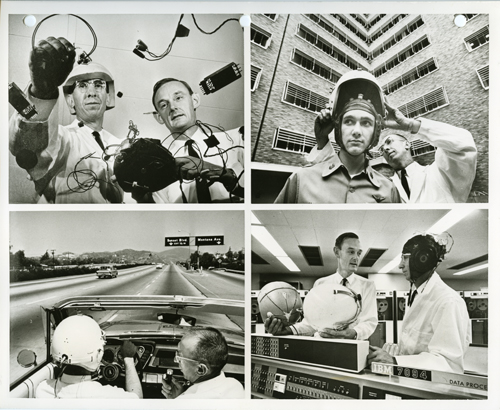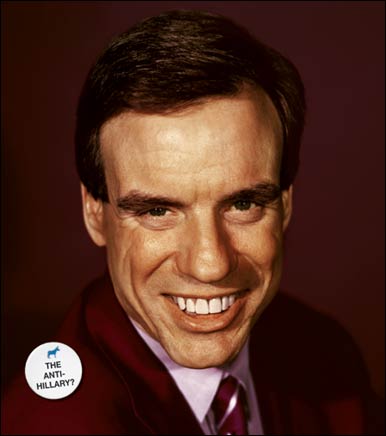Nolan Bushnell, founder of Atari and Chuck E. Cheese and employer of Jobs and the Woz during their formative years, just did an Ask Me Anything at Reddit. A few exchanges follow, with a couple at the beginning regarding the future intersection of business and technology.
____________________
Question:
With the Atari you were at the cutting edge of technology back in the day. If you were starting today, as a technology entrepreneur, what technologies would you focus on?
Nolan Bushnell:
I think that robots and entertainment will be very important in the future. I’m also very interested in businesses that will be enabled by autonomous or auto-drive cars. There will also be an interesting intersection between computers and biology. Harder tech, but important, is nanotech i.e. micromachines.
____________________
Question:
What did you learn from trying the robot cafe concept — anything you’d like to bring back from it?
Nolan Bushnell:
I found that two-thirds of the population loved it and the last third hated it. Kids universally loved it, particularly ages 10-20. I think that adding games as well as automatic ordering will clearly be the fast food and the quick-casual structure of the future.
____________________
Question:
What’s the biggest lesson you learned at Atari or Chuck E. Cheese that you wish you had known before you started?
Nolan Bushnell:
Don’t sell to big Hollywood studios. Atari had an extraordinary corporate culture that was destroyed within 2 years of the sale. I think that Atari would still be important today if that sale hadn’t occurred.
____________________
Question:
Did Steve Jobs really stink that bad that he had to be relegated to work the night shift??
Nolan Bushnell:
Yeah. I knew that Jobs and Woz were fast friends and Woz worked days at HP. If I put Jobs on the night shift, I’d get two Steves for the price of one. A very good business proposition.
____________________
Question:
How do you think new tech like the Oculus Rift and Google Glass can improve, dare I say evolve how people are educated today?
Nolan Bushnell:
I think that any time you can make life and tech seamless, you have the opportunity to affect the brain. The immersion of the Oculus Rift can give you a real sense of the Battle of Hastings or life in Dickinsonian England. Seeing the circulatory system from the inside has to be a learning experience. Google glass giving you data inputs for later analysis from your lab results clearly is a step in the right direction. If telephone or television (or any examples) early on get it exactly wrong, so will some of these technologies. But then we’ll figure it out.•


